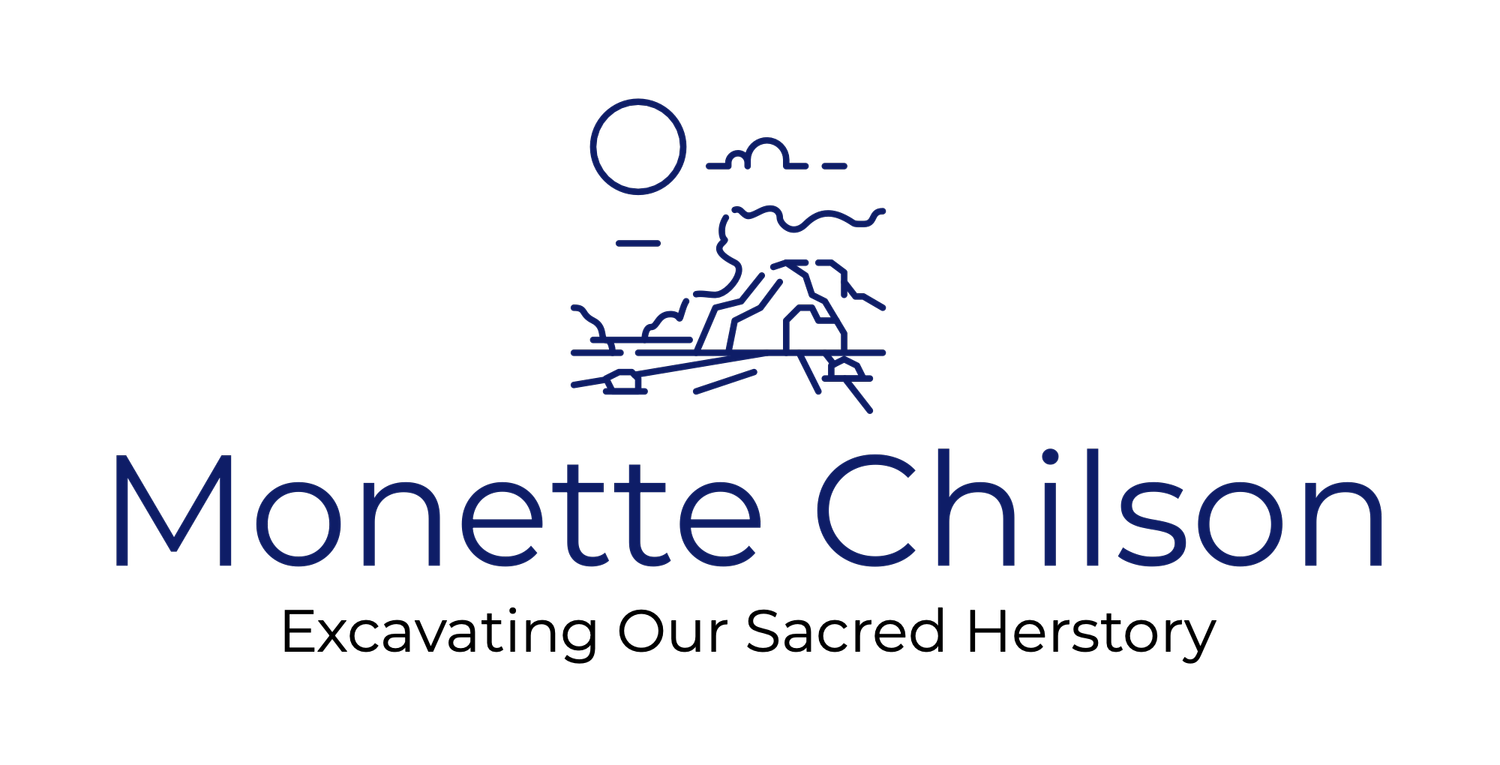Note: This post was inspired by a Zoom session I led last week. Join me each Wednesday at 2 p.m. (Central) for a free Women’s Wellness Check-in here! On Tuesdays, you can tune into my co-host Sunita Tarkunde for Ayurvedic inspiration and Wednesday to co-host Ann Hyde for yogic wisdom. It is a wonderful 20-minute afternoon pick-me-up!
I was born curious. Literally. My parents both swear that I came into this world craning my neck to look around the hospital room trying to take in my post-womb surroundings. Somewhere along the way, I forgot that being curious meant being open, and I begin to dictate answers and opinions on the rightness and wrongness of things before basking in the pure non-judgement of curiosity.
So today I want to talk about the lost art of curiosity and how to recapture it.
I practice the forgotten art of curiosity on my yoga mat every time I let myself discover how a pose actually feels (often differently than my mind thinks it “should” feel). Certainly poses feel different in my body than they look to my eyes, especially in this world of Instagram yoga. I practice curiosity when experimenting with ayurveda (yoga’s sister science) which asks me to tune into the the rhythms at work in my body and in the world around me. These pursuits of mine require me to stay curious as a path to knowing myself.
But in everyday life, I sometimes forget to be curious, and I lapse into dualistic thinking. I begin listening to old tapes running through my head, pronouncing rightness or wrongness with such assurance, that I trust the pronouncement. When that happens, curiosity goes out the window, and with it, my sense of possibility.
Signs we’ve lost curiosity
There are signs that will let you know your curiosity has left the building. Look out for these saboteurs!
When you label something rather than observe it
My mind likes words, and it can be a bit obsessive in its desire to name (i.e. label) things. This, too, was a trait that showed up early for me. In fact, during my talkative toddler stage, I was known to make up words for things on the spot, speaking without pause, as if, naturally, everyone knew that “clock-a-bracelet” was the proper term for the time pieces people wore on their wrists. In my mind, naming meant understanding and, ultimately, control. Once we label something, we cease being curious about it because we have assigned letters of the alphabet to contain its meaning.
When you perceive things dualistically (black & white; all or nothing)
If I am seeing only two choices—this extreme or its opposite—I know I need to dig in with my curiosity and uncover my other options. There are always more than two extreme ways to resolve a situation. Each additional option I uncover using my curiosity lightens my mental load and helps we feel more freedom to make the right choice for me.
When you replace reality with stories
I like wrapping up life’s experiences into a pretty package topped with a lovely bow. What I’ve discovered is that when I do this, I limit my ability to learn from my past experiences. Why? Because I am no longer reflecting on the actual past experience but the story I have created about it. Are there parts of your past that you’ve cemented into stories? Bring some curiosity to them. Journal about what comes up about the differences between the actual memory and the story you created around it.
Ways to reclaim curiosity
The good news? There are steps you can take to rekindle your curiosity when you see these red flags.
Reframe “I can’t” into “How can I?”
“I can’t” is the ultimate red flag for growth seekers. These words shut down curiosity as well as any chance for succeeding at the task in question. Fellow yogi Cindy Novelo shared a story in her e-newsletter last week that brought this home in a powerful way. When Cindy’s adult daughter came to her, exhausted from caring for her three young children (two of them with special needs) during this time of isolation, Cindy was able to assure her daughter that by reframing her “I can’t” into a curiosity-filled question, she could find the support she needed to do what felt impossible in the moment. Ask yourself how you can do something that feels out of reach. What support do you need? What perfectionistic ideas can you let go of that would allow you to do the task well enough?
Reclaim “Why bother?” or “What’s the point?”
Try bringing genuine curiosity to these questions typically uttered rhetorically with an air of resignation. Author Jen Louden walks you through this process in her new book, Why Bother? For now, start by pondering why you would bother to tackle a project that you keep procrastinating. Are you avoiding it because it truly is not a priority or are unexamined fears holding you back? How would finding the motivation to bother with this task serve you or others? Your curiosity will be the force that moves you out of a holding pattern—in one direction or another!
Realign with your breath
My inclination is to process my curiosity exclusively in the domain of my mind. To conceive questions and ruminate or meditate on the answers. Without involving the body, however, my curiosity is incomplete—one-dimensional. Thank goodness for wise teachers in my life like Ann Hyde, Sunita Tarkunde and Ashby Underwood who remind me to tap into the wisdom of my body through simple practices of breath awareness. Find ways to be curious with your body as well as your mind.
Here’s to using our bodies, minds and spirits to reclaim the lost art of curiosity in our lives! Hope to see you on Zoom for our Women’s Wellness Check-In on Tuesday, Wednesday or Thursday at 2 p.m. (Central)!

